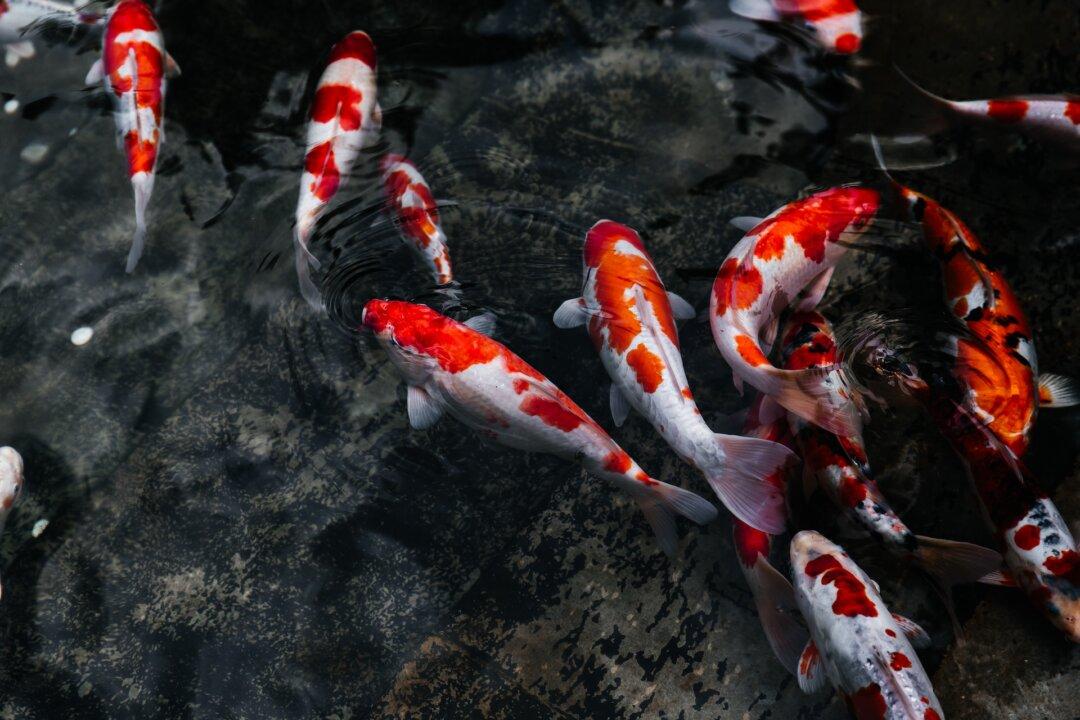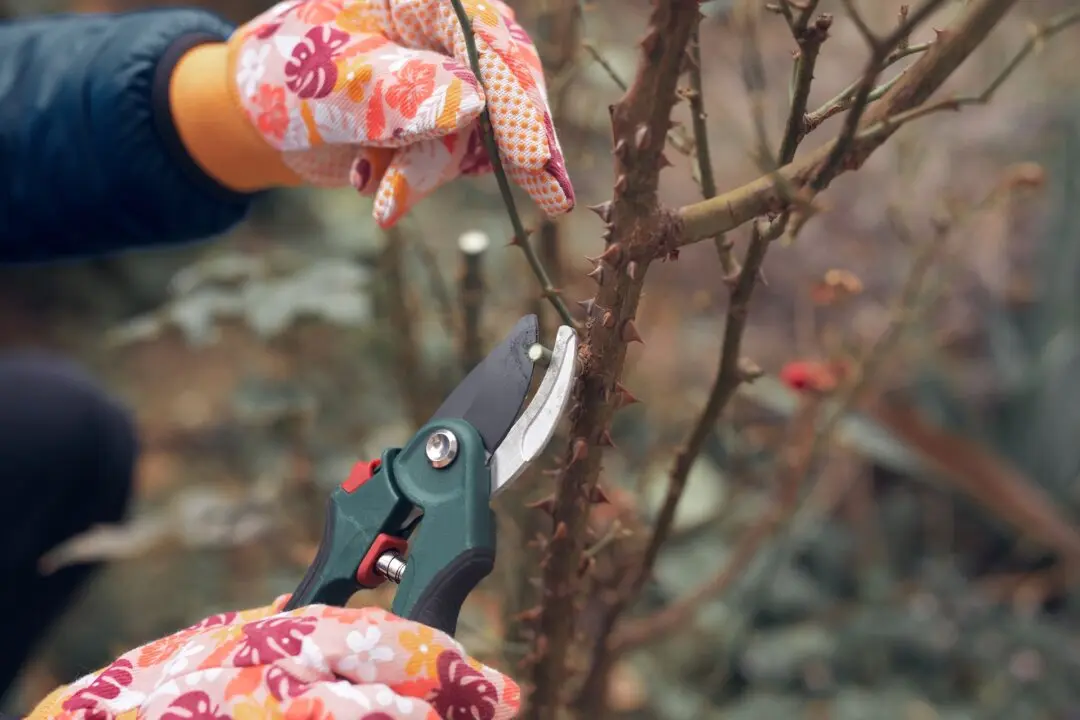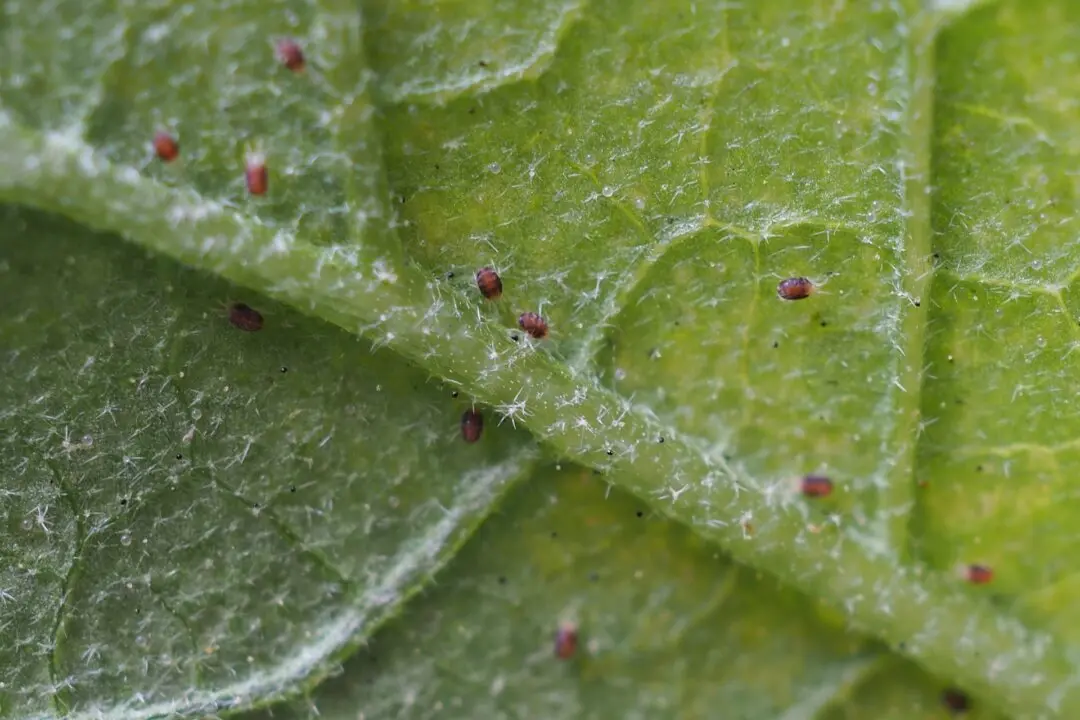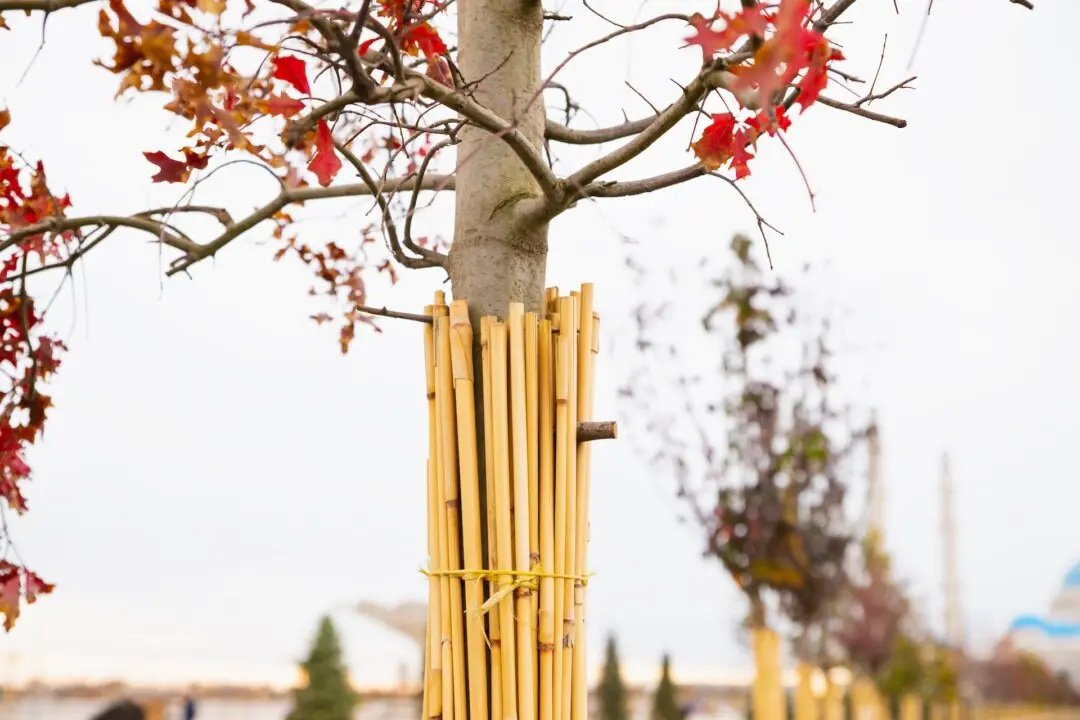Q: We have a koi and goldfish pond with a few plants in it. We have heard that we should add salt to the pond, but we are unclear about how much is OK, how much is too much, what it does, and if it will hurt the plants.
A: Let’s first cover why you should add salt. The fish’s bodies are saltier than the water in the pond. So, water wants to even out the two different salt levels to one average level. The fish have to expend calories to keep salt in and water out of their body. They have a slime coat, scales and skin, all trying to keep the water out, but they are constantly breathing and swallowing water in. Their gills and kidneys are always trying to get rid of that water. This energy could be used for growth, immune system work, etc., if the water were saltier.





